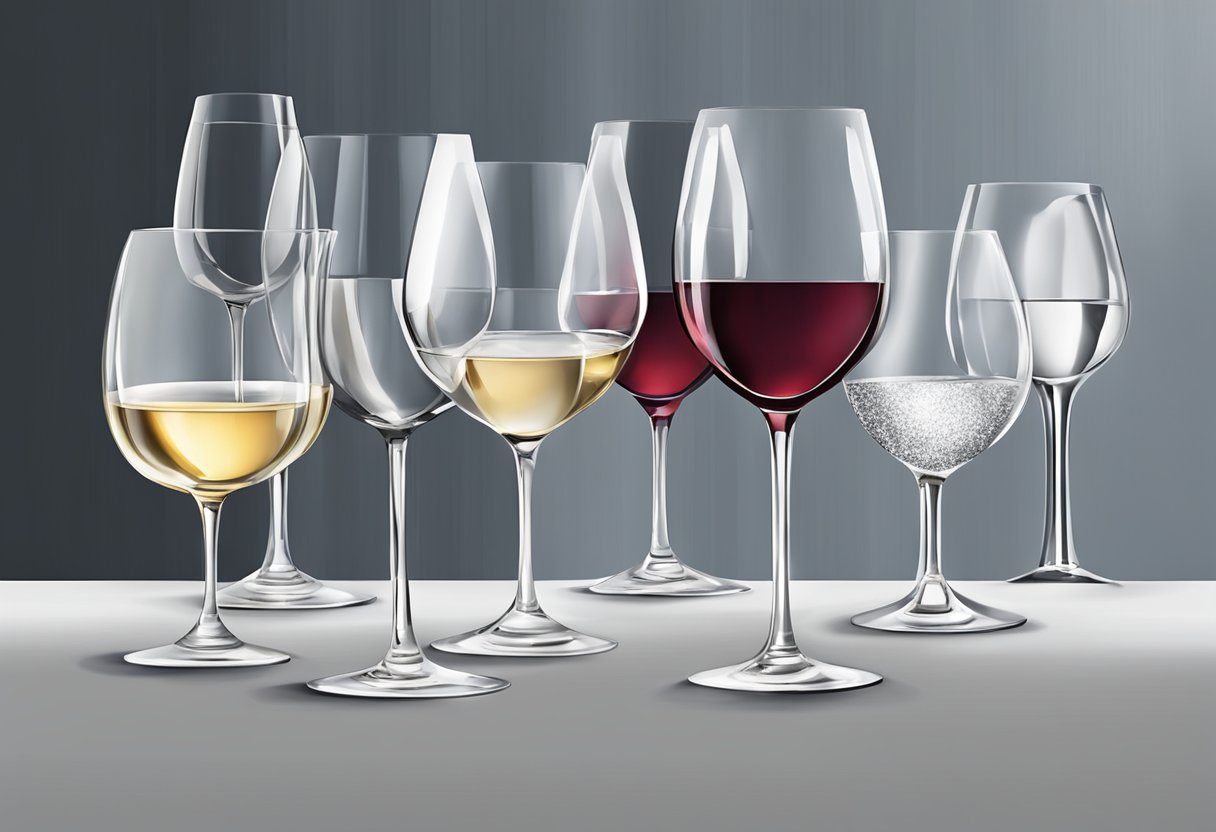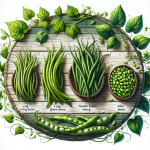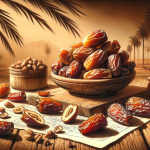Types Of Wine Glasses
Wine glasses are an essential part of the wine-drinking experience. The right glassware can enhance the aroma, flavor, and overall enjoyment of a wine. There are different types of wine glasses, each designed for a specific wine varietal or style. Understanding the basics of wine glasses can help individuals choose the right glassware for their preferences and elevate their wine-drinking experience.

A wine glass typically consists of three parts: the bowl, stem, and foot. The bowl is the part of the glass that holds the wine and is designed to enhance the aroma and flavor of the wine. The stem is the long, thin part of the glass that allows individuals to hold the glass without warming the wine with their hands. The foot is the base of the glass that provides stability and balance.
Key Takeaways
- Understanding the basics of wine glasses can help individuals choose the right glassware for their preferences and elevate their wine-drinking experience.
- Different types of wine glasses are designed for specific wine varietals or styles, and can enhance the aroma, flavor, and overall enjoyment of a wine.
- Caring for wine glasses is important to maintain their quality and longevity.
Understanding the Basics
Anatomy of a Wine Glass
Before diving into the different types of wine glasses, it’s important to understand the basic components of a wine glass. A typical wine glass consists of three main parts: the stem, the bowl, and the base. The stem is the long, thin part of the glass that connects the bowl to the base. The bowl is the round, wide part of the glass that holds the wine. The base is the flat, sturdy part of the glass that keeps it upright.
The rim of the glass is also an important component. It’s the top edge of the bowl where the wine is sipped from. The shape and thickness of the rim can affect the taste and aroma of the wine.
Materials and Design
Wine glasses can be made from a variety of materials, including glass, crystal, and lead-free crystal. Glassware is the most common material used for wine glasses. It’s durable, affordable, and easy to clean. However, glassware can be prone to chipping and breaking.
Crystal is a type of glass that contains lead. It’s known for its clarity, brilliance, and ability to enhance the flavors and aromas of wine. However, lead crystal can be expensive and is not recommended for everyday use.
Lead-free crystal is a newer material that offers the same clarity and brilliance as lead crystal, but without the health risks associated with lead. It’s a popular choice for high-end wine glasses.
The design of a wine glass can also affect the taste and aroma of the wine. The shape and size of the bowl can enhance or diminish certain characteristics of the wine. For example, a narrow, tapered bowl can concentrate the aroma of a wine, while a wider, rounder bowl can allow the wine to breathe and release its flavors.
Wine Glass Types by Wine Varietal
When it comes to wine, choosing the right glass can make all the difference in the world. Different wine varietals have different characteristics, and there are specific wine glasses that are designed to enhance those characteristics. Here are the main types of wine glasses by wine varietal:
Red Wine Glasses
Red wine glasses are typically larger and have a wider bowl than white wine glasses. This is because red wines need more room to breathe and develop their flavors. Here are some common types of red wine glasses:
-
Bordeaux Glass: The Bordeaux glass has a tall, straight shape and is designed for full-bodied red wines like Cabernet Sauvignon, Merlot, and Malbec. The shape of the glass helps to direct the wine to the back of the mouth, where the tannins can be better appreciated.
-
Burgundy Glass: The Burgundy glass has a wider bowl than the Bordeaux glass and is designed for lighter-bodied red wines like Pinot Noir. The wide bowl helps to aerate the wine and bring out its delicate aromas.
-
Syrah Glass: The Syrah glass has a slightly shorter bowl than the Bordeaux glass and is designed for bold, spicy red wines like Syrah and Zinfandel. The shape of the glass helps to highlight the wine’s fruit and spice flavors.
White Wine Glasses
White wine glasses are typically smaller and have a narrower bowl than red wine glasses. This is because white wines don’t need as much room to breathe as red wines do. Here are some common types of white wine glasses:
-
Chardonnay Glass: The Chardonnay glass has a wide bowl and is designed for full-bodied white wines like Chardonnay. The wide bowl helps to bring out the wine’s rich, buttery flavors.
-
Sauvignon Blanc Glass: The Sauvignon Blanc glass has a narrower bowl than the Chardonnay glass and is designed for light-bodied white wines like Sauvignon Blanc. The narrow bowl helps to preserve the wine’s delicate aromas.
-
Riesling Glass: The Riesling glass has a tall, narrow bowl and is designed for sweet white wines like Riesling. The tall bowl helps to concentrate the wine’s aromas and flavors.
Sparkling Wine Glasses
Sparkling wine glasses are designed to preserve the wine’s bubbles and enhance its flavor. Here are some common types of sparkling wine glasses:
-
Champagne Flute: The Champagne flute is a tall, narrow glass that is designed to showcase the wine’s bubbles. It is ideal for dry, light-bodied sparkling wines like Champagne.
-
Coupe: The Coupe is a wide, shallow glass that was popular in the 1920s and 1930s. It is ideal for sweet, heavy-bodied sparkling wines like Sherry.
In conclusion, choosing the right wine glass can make a big difference in how a wine tastes and smells. By understanding the different types of wine glasses and their characteristics, you can enhance your wine drinking experience and get the most out of your favorite varietals.
Specialty Wine Glasses
When it comes to enjoying wine, having the right glass can make all the difference. Specialty wine glasses are designed to enhance the tasting experience of specific types of wine. In this section, we will cover some of the most popular specialty wine glasses, including Dessert Wine Glasses, Aerating Wine Glasses, and Universal Wine Glasses.
Dessert Wine Glasses
Dessert wine glasses are smaller than traditional wine glasses, typically holding around 2-3 ounces of liquid. They are designed to enhance the sweetness and complexity of dessert wines, such as port and sweet wines. These glasses have a smaller bowl and a narrower opening, which helps to concentrate the aromas and flavors of the wine.
Aerating Wine Glasses
Aerating wine glasses are designed to aerate the wine as it is poured into the glass. They have a unique shape that allows the wine to mix with air, which helps to soften the tannins and improve the overall taste of the wine. These glasses are perfect for those who want to enjoy their wine right away without having to wait for it to decant.
Universal Wine Glasses
Universal wine glasses are versatile enough to be used for both red and white wines. They have a larger bowl than traditional wine glasses, which allows the wine to breathe and develop while directing wine to the center of the palate. This helps moderate the tannins in many red varietals. Universal wine glasses are a great option for those who want a single glass that can be used for a variety of wines.
In conclusion, specialty wine glasses can enhance the tasting experience of specific types of wine. Dessert wine glasses are perfect for sweet wines, aerating wine glasses are great for those who want to enjoy their wine right away, and universal wine glasses are versatile enough to be used for both red and white wines.
Choosing the Right Glassware
When it comes to enjoying wine, the glassware you choose can have a significant impact on your overall experience. While some may argue that any glass will do, true wine enthusiasts understand the importance of selecting the right glassware for the right occasion. In this section, we’ll explore some key considerations to keep in mind when choosing the right wine glass.
The Impact of Shape and Size on Aroma and Flavor
One of the most important factors to consider when selecting a wine glass is the shape and size of the glass. Different shapes and sizes can affect the way the wine smells and tastes. For example, a glass with a wider bowl and larger opening can help to release more of the wine’s aromas, while a smaller, narrower glass can help to concentrate those aromas. Similarly, a glass with a larger bowl can help to aerate the wine and soften its tannins, while a smaller glass can help to preserve the wine’s acidity and fruit character.
Stemmed vs. Stemless
Another important consideration when choosing wine glassware is whether to go for a stemmed or stemless design. Stemmed glasses are the more traditional choice and are often preferred by wine enthusiasts due to their elegant appearance and the fact that they keep the wine at a consistent temperature by preventing the heat from your hand from warming up the wine. Stemless glasses, on the other hand, are more modern and casual, and can be a good choice for outdoor events or more relaxed settings. They are also easier to store and less likely to tip over.
In conclusion, choosing the right wine glassware is an important aspect of enjoying wine to its fullest. By considering factors such as shape, size, and design, as well as whether to go for a stemmed or stemless option, you can enhance your overall wine-drinking experience and fully appreciate the unique characteristics of each wine.
Caring for Your Wine Glasses
Cleaning and Maintenance
Proper cleaning and maintenance of wine glasses is crucial to ensure their longevity and optimal performance. It is recommended to clean wine glasses soon after use to prevent any stains or residue from drying out and becoming difficult to remove.
When cleaning wine glasses, it is important to use a gentle detergent and lukewarm water. Avoid using abrasive sponges or brushes as they can scratch the surface of the glass, which can affect the taste and aroma of the wine.
For delicate wine glasses, such as those from Riedel or Zalto, it is recommended to hand wash them with a soft sponge or cloth. Avoid putting them in the dishwasher as the high temperature and harsh detergents can damage the glasses.
Wine Glass Storage
Proper storage of wine glasses is also important to prevent any damage or breakage. It is recommended to store wine glasses upside down, as this prevents dust and debris from settling inside the bowl of the glass.
When storing delicate wine glasses, it is important to use a soft cloth or padding to prevent them from rubbing against each other and potentially breaking. Wine enthusiasts recommend storing wine glasses in a dedicated glassware cabinet or on a specialized wine glass rack to ensure they are protected and easily accessible.
By following these simple tips for cleaning and storing wine glasses, you can ensure that your glassware remains in top condition, providing you with the best possible drinking experience.
The Culture of Wine Glasses
Wine glasses are an essential part of wine culture. They are not just instruments for drinking wine but also serve as a tool to enhance the wine tasting experience. The right wine glass can bring out the wine’s unique characteristics and flavors, making it a crucial element in the wine tasting ritual.
Wine Tasting Rituals
Wine tasting is a ritual that has been practiced for centuries. It is an art form that requires the senses of sight, smell, and taste. Wine connoisseurs are experts in this art form and can identify the varietals, vintage, and origin of a wine just by tasting it.
The wine tasting ritual involves using all the senses to evaluate the wine’s color, aroma, and taste. The wine glass plays a vital role in this ritual. The shape and size of the glass can affect the wine’s aroma and taste. For example, full-bodied red wines such as Nebbiolo, Chianti, Barbaresco, and Cabernet Franc are best served in a glass with a large bowl and a wide opening to allow the wine to breathe and release its aromas.
The Evolution of Wine Glass Design
The science of wine glass design has come a long way since the first wine glass was made. Claus J. Riedel, a 9th generation glassmaker, is known for revolutionizing wine glass design. He created a series of wine glasses that were specifically designed to enhance the flavors and aromas of different wines.
The Grand Cru series of wine glasses by Riedel is a testament to the importance of wine glass design. The glasses are designed to enhance the characteristics of specific varietals such as Pinot Grigio, Semillon, Chenin Blanc, and Ros√©s. The glasses have a unique shape that directs the wine to the right part of the tongue, enhancing the wine’s taste.
In conclusion, wine glasses are an essential part of wine culture. They are not just instruments for drinking wine but also serve as a tool to enhance the wine tasting experience. The right wine glass can bring out the wine’s unique characteristics and flavors, making it a crucial element in the wine tasting ritual. The evolution of wine glass design has led to the creation of glasses that are specifically designed to enhance the flavors and aromas of different wines.






